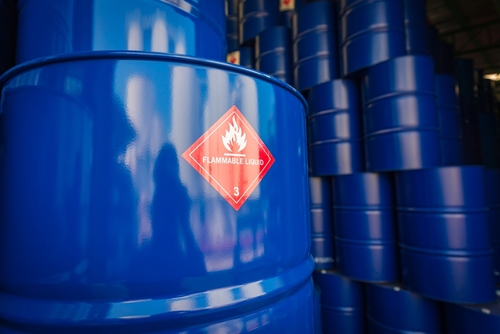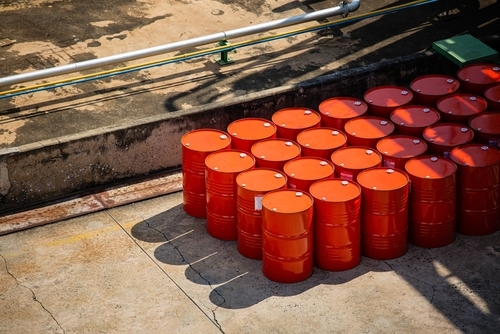WTI holds below $73.50 amid slow China demand, halted Libyan exports


- WTI attracts some sellers near $73.30 in Tuesday’s early Asian session.
- China's manufacturing activity slowed in August, weighing on the WTI price.
- Halted Libyan exports and higher Fed rate cut expectations might cap the WTI’s downside.
West Texas Intermediate (WTI), the US crude oil benchmark, is trading around $73.30 on Tuesday. Slowing manufacturing activity in China in August exerts some selling pressure on the WTI price. However, supply concerns surrounding Libya's oil output might cap its downside.
The sluggish economy and slowing oil demand in China raise the fear of the economic health of the world’s largest importer of oil, which weighs on the WTI price. Data released by the National Bureau of Statistics showed that China’s manufacturing sector experienced a downturn in August, marking its six-month low. China’s official Manufacturing Purchasing Managers' Index (PMI) dropped to 49.1 in August, compared to 49.54 in the previous reading. The reading missed the market consensus of 49.5 in the reported month.
Libya's oil production was halted on Monday across the country amid the ongoing conflicts between various factions since the removal of Muammar Gaddafi in 2011. The fear of oil supply disruption might provide some support for WTI prices.
Bjarne Schieldrop, chief commodity analyst at SEB, noted, “The current disturbances in Libya's oil production could provide room for added supply from OPEC+. But these fluctuations have become quite normal over the last few years, meaning any outages will probably be short-lived; with the news flow indicating signals for a restart of production have already been given.”
Oil traders will take more cues from the release of US ISM Manufacturing PMI for August, which is due on Tuesday. Later this week, the US Nonfarm Payrolls (NFP) will take center stage. This event could provide some insight into the size and pace of the US Federal Reserve's (Fed) interest rate cut this year. Lower interest rates generally support the WTI price as it reduces the cost of borrowing, which can boost economic activity and oil demand.
WTI Oil FAQs
What is WTI Oil?
WTI Oil is a type of Crude Oil sold on international markets. The WTI stands for West Texas Intermediate, one of three major types including Brent and Dubai Crude. WTI is also referred to as “light” and “sweet” because of its relatively low gravity and sulfur content respectively. It is considered a high quality Oil that is easily refined. It is sourced in the United States and distributed via the Cushing hub, which is considered “The Pipeline Crossroads of the World”. It is a benchmark for the Oil market and WTI price is frequently quoted in the media.
What factors drive the price of WTI Oil?
Like all assets, supply and demand are the key drivers of WTI Oil price. As such, global growth can be a driver of increased demand and vice versa for weak global growth. Political instability, wars, and sanctions can disrupt supply and impact prices. The decisions of OPEC, a group of major Oil-producing countries, is another key driver of price. The value of the US Dollar influences the price of WTI Crude Oil, since Oil is predominantly traded in US Dollars, thus a weaker US Dollar can make Oil more affordable and vice versa.
How does inventory data impact the price of WTI Oil
The weekly Oil inventory reports published by the American Petroleum Institute (API) and the Energy Information Agency (EIA) impact the price of WTI Oil. Changes in inventories reflect fluctuating supply and demand. If the data shows a drop in inventories it can indicate increased demand, pushing up Oil price. Higher inventories can reflect increased supply, pushing down prices. API’s report is published every Tuesday and EIA’s the day after. Their results are usually similar, falling within 1% of each other 75% of the time. The EIA data is considered more reliable, since it is a government agency.
How does OPEC influence the price of WTI Oil?
OPEC (Organization of the Petroleum Exporting Countries) is a group of 13 Oil-producing nations who collectively decide production quotas for member countries at twice-yearly meetings. Their decisions often impact WTI Oil prices. When OPEC decides to lower quotas, it can tighten supply, pushing up Oil prices. When OPEC increases production, it has the opposite effect. OPEC+ refers to an expanded group that includes ten extra non-OPEC members, the most notable of which is Russia.





